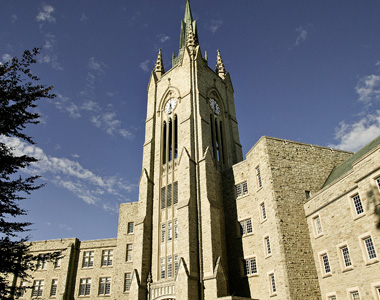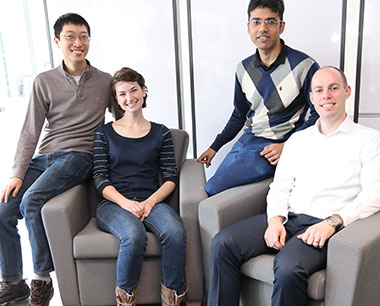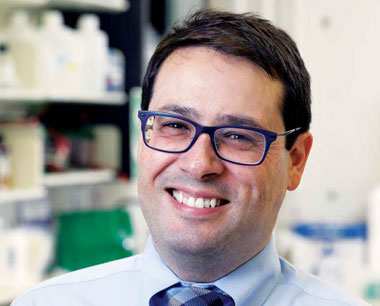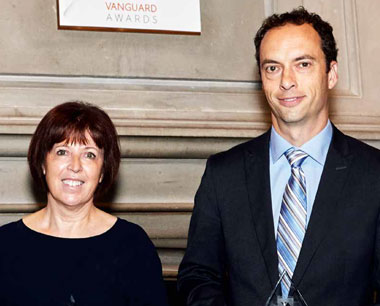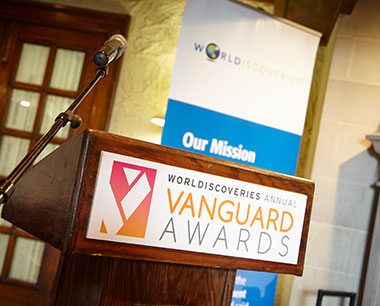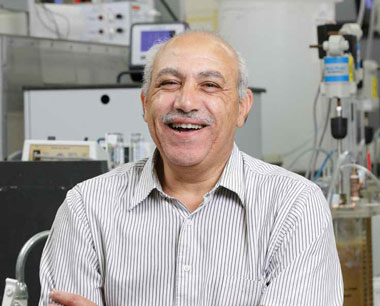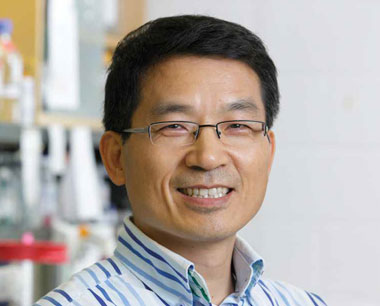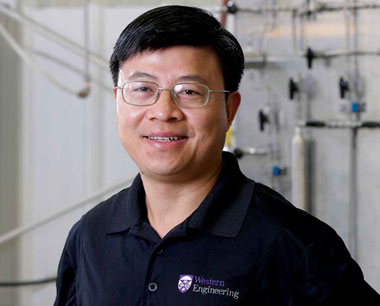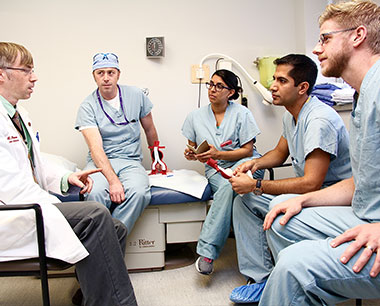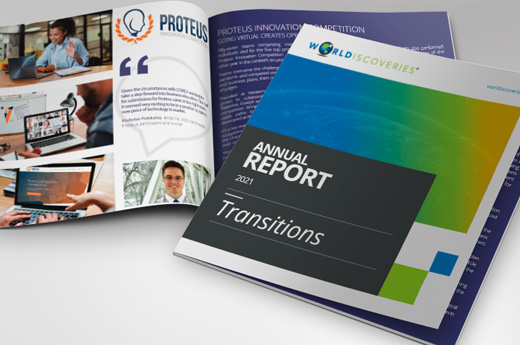Western Medical Innovation Fellowship Program
University prepares you to think critically. But what’s the next step?
For a select few, chosen to participate in the new Western Medical Innovation Fellowship program last year, it was an opportunity to sharpen this skill to a fine point so they could evaluate options and carve new paths that improve medical practice.
The initiative, adapted from an American model designed to drive innovation and improve healthcare outcomes, enjoyed a successful first year at the University in 2015. The inaugural cohort saw three fellows develop practical solutions and technologies for medical needs they identified after consulting with those who would eventually be putting them to use.
Over the course of the year, Dr. John Matheson, Asha Parekh and Ali Tavallaei met with clinicians and scientists to identify and evaluate more than 60 medical needs. They decided to focus their attention on 10 high-impact inventions they hope to license to medical device companies in the near future. Another has the potential to form the basis of a spin-off company.
The team also submitted two of the inventions to the FACIT (Fight Against Cancer Innovation Trust) pitch competition, where both were selected among six finalists. One of them – a technology developed for urostomy patients with Dr. Nick Power – brought home the $50,000 grand prize, winning both the inaugural Ernsting Entrepreneurship Award and the Audience Choice Award.
“As a surgeon, many priorities compete for my attention,” Power said. “This talented team not only lent time and expertise, but helped give the technology a better chance to improve patients’ everyday lives.”
Similar programs aspiring to mold innovation leaders and create medical technologies have existed in the United States for 15 years, but they’re new to Canada. Western’s program partners with the University of Minnesota, which puts fellows through a five-week educational boot camp that teaches strategies related to innovation, prototyping, intellectual property, regulatory affairs and business strategy.
“We hope to introduce and prepare scholars for the innovation pipeline sooner in their careers and to bring together talent with technology that provides health and financial benefits for Canadians,” said WORLDiscoveries Executive Director Lisa Cechetto, who co-led the program with Western Medical Biophysics and Surgery professor Matthew Teeter. “We really feel we can continue to improve the Canadian economy by training, developing and retaining top minds in the country.”
Fellows are subsequently immersed into London’s hospitals, where they shadow clinicians in operating rooms, clinics and imaging suites to identify unmet needs, which they take with them to begin research and development on new devices and software.
Now that the year-long program has wrapped-up, each of the initial fellows has used their experience to chart a different future: Matheson received one of only six orthopedic residency positions for international medical degree holders in Canada, and will stay at Western. Parekh and Tavallaei have secured employment in applied research positions in London and Toronto. Tavallaei will also continue using the skills he gained to develop his own startup company.
It’s only year one, but we’re already seeing evidence critical thinking and innovation can improve critical care.
Read more


